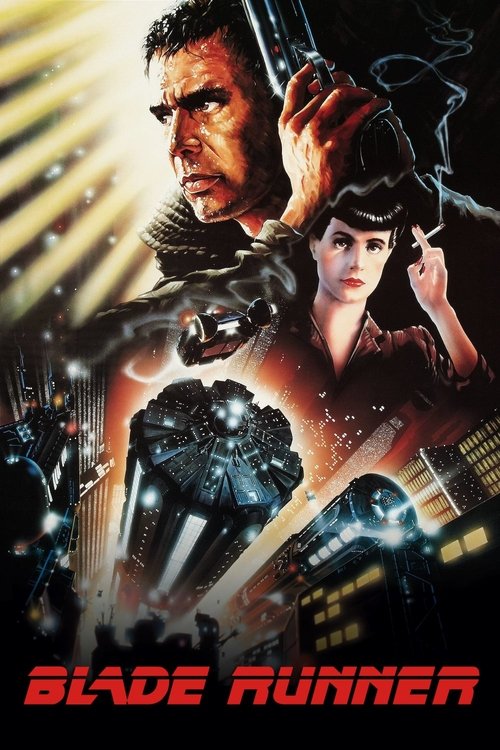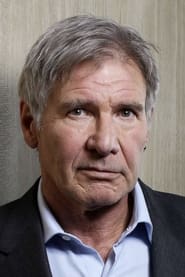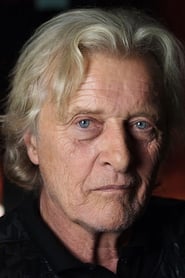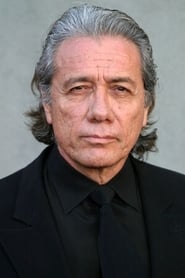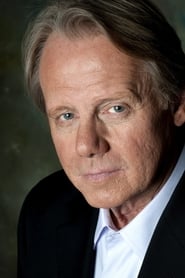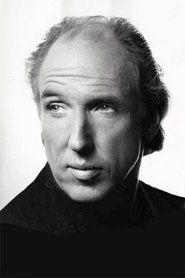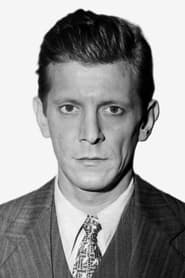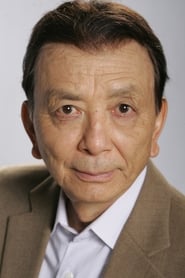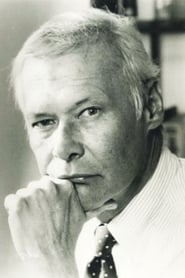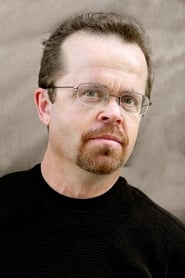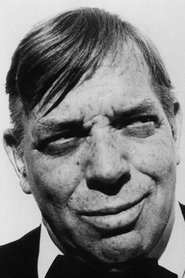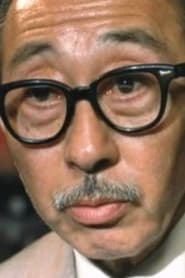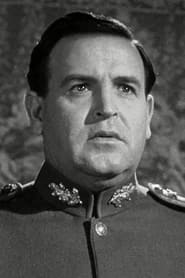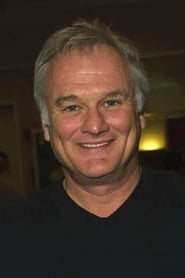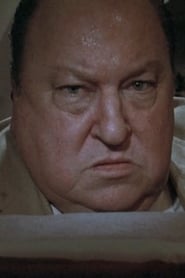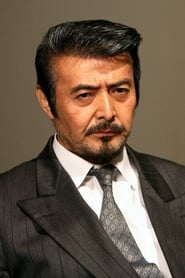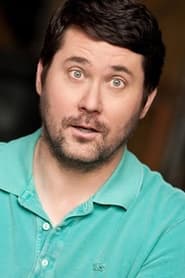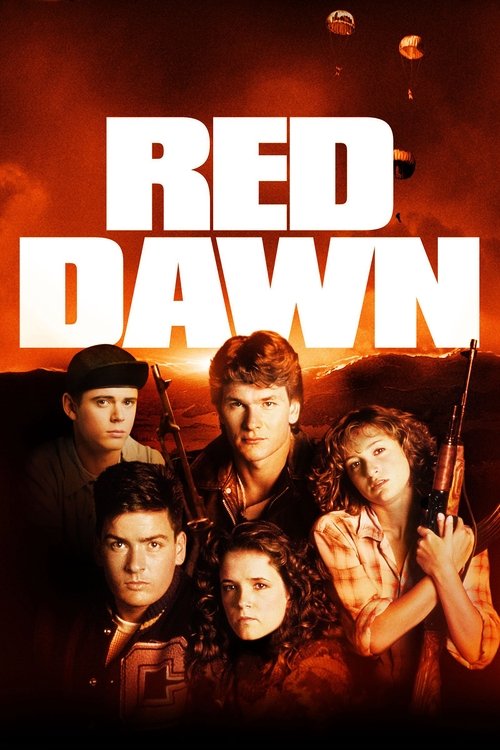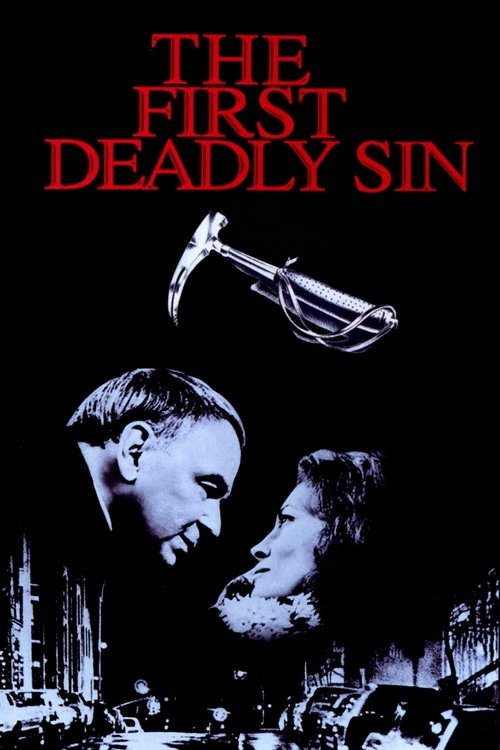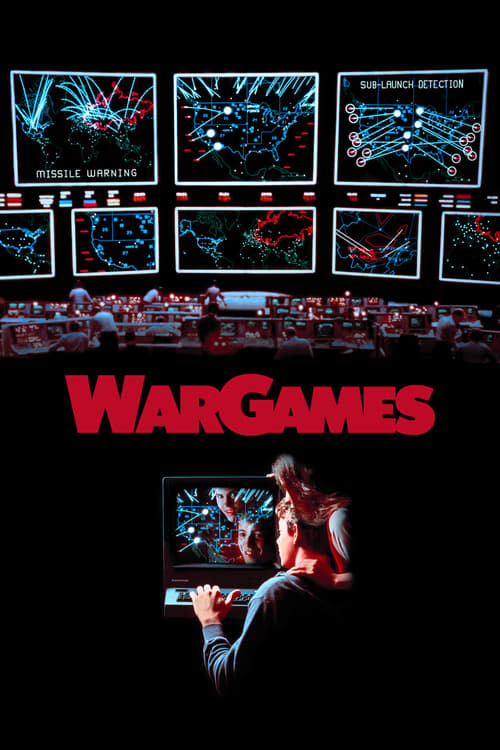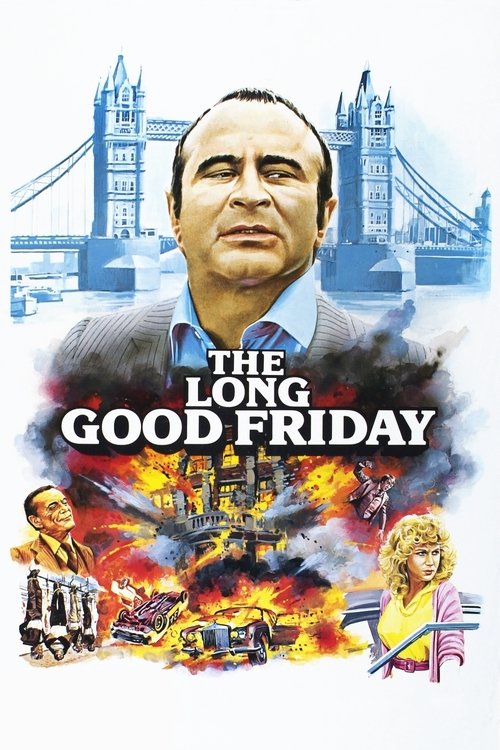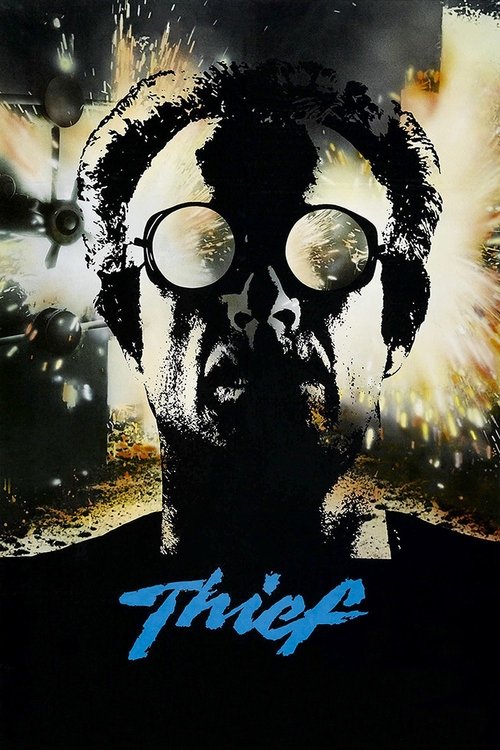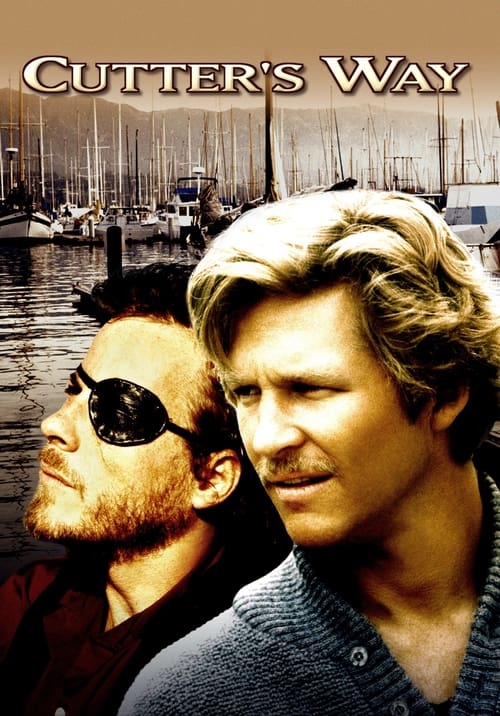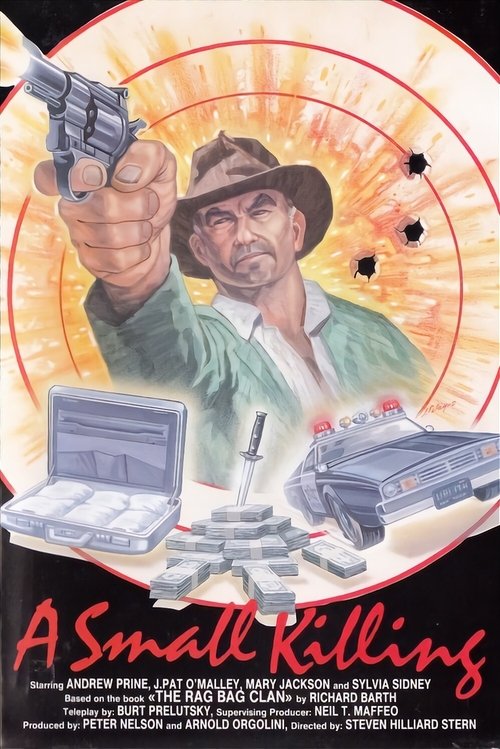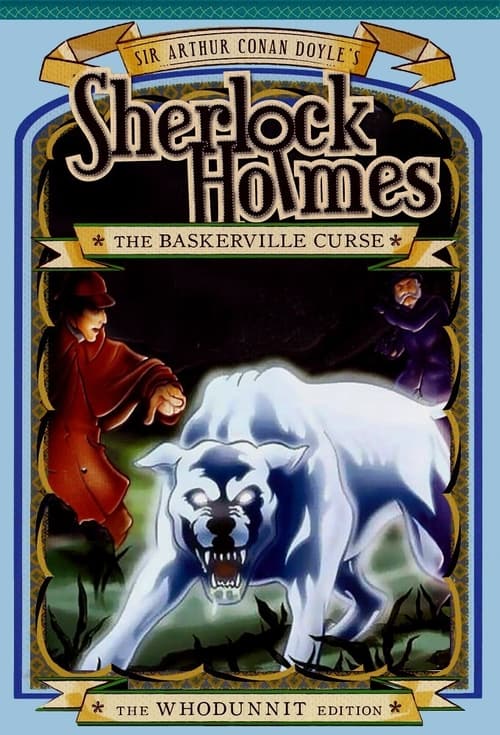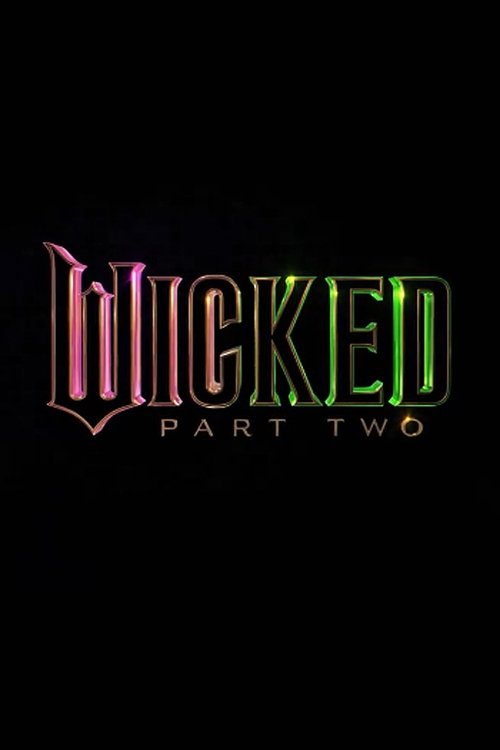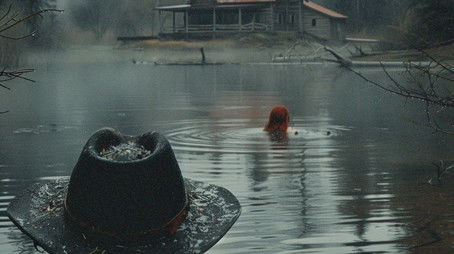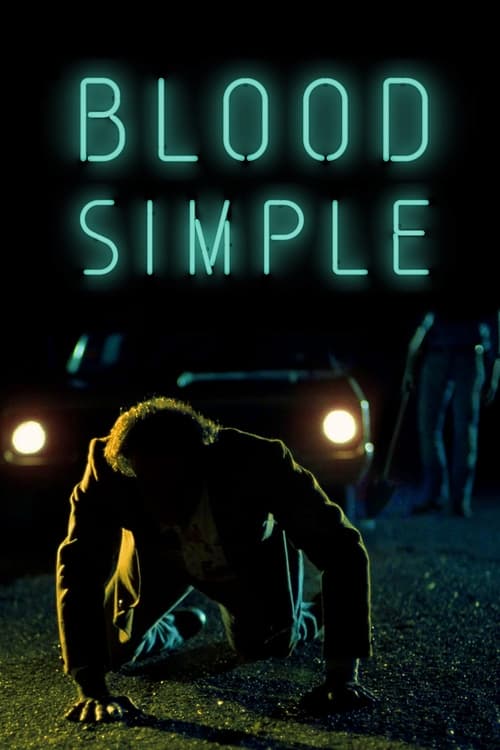
Ask Your Own Question
What is the plot?
In the dark, rain-soaked Los Angeles of November 2019, the cityscape is a sprawling neon-lit labyrinth of shadows and towering structures. The film opens inside the imposing Tyrell Corporation headquarters, a pyramid-like edifice that looms over the city, symbolizing human technological hubris. Here, a tense scene unfolds: Holden, a blade runner, administers the Voight-Kampff test--a tool designed to detect replicants by measuring their emotional responses--to Leon Kowalski, a replicant posing as a Tyrell employee. As the test progresses, Leon's agitation escalates until he violently lashes out, shooting Holden dead on the spot. This brutal act sets a grim tone, signaling the lethal stakes involved in hunting replicants.
Meanwhile, Rick Deckard, a former blade runner, sits alone at a sushi bar, ordering noodles but unable to eat. His solitude is interrupted when Officer Gaff, a mysterious and laconic figure known for folding origami, arrests him. Deckard is taken to his old superior, Captain Bryant, who informs him that four replicants--Leon Kowalski, Roy Batty, Zhora, and Pris--have illegally returned to Earth after escaping from an off-world colony. Bryant pressures Deckard to come out of retirement and "retire" these dangerous Nexus-6 replicants, whose superior strength and agility make them formidable adversaries. Though reluctant, Deckard is coerced into accepting the mission.
Deckard's first task is to verify the replicant status of Rachael, Eldon Tyrell's assistant at the Tyrell Corporation. At Tyrell's towering headquarters, Deckard administers the Voight-Kampff test to Rachael, who initially appears human. However, after an extended and grueling test, Deckard privately concludes that Rachael is indeed a replicant, though unlike the others, she is unaware of her true nature due to implanted false memories designed to provide emotional stability. Tyrell reveals that Rachael is an experimental replicant with these fabricated memories, a fact that unsettles Deckard and complicates his mission since Rachael's humanity blurs the line between man and machine.
Deckard's hunt begins with Leon Kowalski. Tracking him to a dilapidated apartment, Deckard confronts Leon, who immediately attacks. Their fight is brutal and tense, with Leon's raw strength pitted against Deckard's experience and cunning. Despite Leon's ferocity, Deckard manages to shoot and kill him, retiring the first replicant.
Next, Deckard pursues Zhora, an exotic dancer working in a nightclub. He tracks her through the neon-lit streets of Los Angeles, culminating in a harrowing chase. Zhora attempts to escape by running into the crowded city streets, but Deckard shoots her, and she collapses in a pool of rainwater, dead. This scene is visually striking, the wet streets reflecting the city's oppressive atmosphere and the cold finality of Deckard's task.
Meanwhile, Pris, a "basic pleasure model" replicant, seeks refuge with J.F. Sebastian, a genetic designer who works for Tyrell and suffers from a genetic condition causing accelerated aging. Sebastian's cluttered apartment, filled with mechanical toys and strange inventions, becomes a refuge for Pris. When Deckard arrives to confront her, Pris attacks with desperate ferocity. After a tense and violent struggle, Deckard kills Pris, marking the third replicant death.
The replicants' leader, Roy Batty, is a complex figure--brilliant, ruthless, and deeply philosophical. His primary goal is to confront Eldon Tyrell, the creator of the replicants, to demand an extension of their predetermined four-year lifespans. Roy's confrontation with Tyrell is chilling. After Tyrell refuses to grant the extension, Roy brutally kills him by crushing his skull with his bare hands, a violent act underscoring the replicants' tragic plight and Tyrell's hubris.
The climax unfolds on a rooftop where Deckard faces Roy in a brutal and desperate fight. Roy's superior strength is evident as he breaks Deckard's fingers, rendering him defenseless. Deckard escapes by leaping to an adjacent rooftop but ends up hanging precariously from the edge, his life slipping away. In a stunning and unexpected act of mercy, Roy saves Deckard from falling to his death. As Roy's own life ebbs away, he delivers the iconic "tears in rain" monologue, reflecting on his brief, intense existence and the memories that will vanish with him: "I've seen things you people wouldn't believe... All those moments will be lost in time, like tears in rain." Moments later, Roy dies, his final breath marking the end of the replicants' rebellion.
After the rooftop confrontation, Officer Gaff arrives, silently observing the aftermath. He congratulates Deckard on surviving but cryptically remarks, "It's too bad she won't live," referring to Rachael's uncertain future as a replicant with implanted memories and a limited lifespan. Deckard rushes to his apartment, where he finds Rachael asleep, vulnerable and human in her own way. On the floor, he notices a silver origami unicorn left by Gaff--a symbol laden with meaning. This origami hints that Gaff knows about Deckard's own dreams or implanted memories, subtly suggesting that Deckard himself may be a replicant, a revelation that adds layers of ambiguity to the story's conclusion.
The film closes with Deckard and Rachael leaving together, stepping into an uncertain future. In the Director's Cut and Final Cut versions, the final scene is more ambiguous, showing them in an elevator, their fates unresolved. The original theatrical release offers a more hopeful tone with a voiceover suggesting that Rachael may not be bound by the typical replicant lifespan, hinting at the possibility of love and survival beyond the grim reality they face.
Throughout the film, key objects like the Voight-Kampff test and the origami figures serve as symbols of identity, memory, and humanity. The narrative explores profound themes of what it means to be human, the nature of memory and emotion, and the ethical implications of artificial life. Every confrontation, every death--from Holden's shocking murder by Leon, through the retirements of Leon, Zhora, and Pris by Deckard, to Tyrell's violent demise at Roy's hands, and finally Roy's own death--builds tension and deepens the story's emotional impact, culminating in a poignant meditation on mortality and empathy in a dystopian future.
What is the ending?
At the end of Blade Runner, Rick Deckard confronts Roy Batty in a final showdown, where Batty saves Deckard's life before dying. Deckard escapes with Rachael, who is revealed to be a replicant. The film concludes with a sense of ambiguity about their future together.
As the film approaches its climax, Rick Deckard, the blade runner, finds himself in a dilapidated building, the setting dark and foreboding, filled with shadows and the remnants of a once-thriving world. He is on the hunt for Roy Batty, the leader of the rogue replicants. The atmosphere is tense, underscored by the haunting score that echoes the emotional weight of the moment.
Deckard finally encounters Batty in a dramatic confrontation. Batty, played with a mix of menace and vulnerability, taunts Deckard, showcasing his superior strength and agility. The chase unfolds through the rain-soaked streets and the crumbling architecture, a visual representation of the decay of humanity and the replicants' struggle for existence. As they fight, Deckard's desperation is palpable; he is not just battling a replicant but grappling with his own moral dilemmas about what it means to be human.
In a pivotal moment, Batty corners Deckard, who is hanging precariously from a ledge. Just as it seems Deckard's life is about to end, Batty chooses to save him, pulling him to safety. This act of mercy is profound, revealing Batty's internal conflict and his desire for life, even as his own is nearing its end. Batty, who has been on a quest for more life, ultimately succumbs to his own mortality, delivering a poignant monologue about the fleeting nature of existence. His final moments are filled with a mix of sorrow and acceptance, as he reflects on the memories he has created, which will die with him.
As Batty dies, Deckard is left in a state of shock, grappling with the implications of what he has witnessed. The rain continues to pour, washing away the remnants of their confrontation, symbolizing a cleansing of sorts. Batty's death signifies not just the end of a replicant's life but also a challenge to Deckard's understanding of life and empathy.
After this intense encounter, Deckard returns to his apartment, where he finds Rachael, the replicant he has developed feelings for. Their relationship has been fraught with tension, as Deckard has struggled with the reality of her being a replicant. Rachael, who is aware of her nature, represents a complex blend of human emotion and artificial existence. The two share a moment of vulnerability, and Deckard's decision to leave with her signifies a shift in his character; he is no longer just a blade runner but someone who seeks connection and understanding.
The film concludes with Deckard and Rachael escaping the city, driving into an uncertain future. The final scenes are filled with ambiguity, leaving the audience to ponder the nature of their relationship and the implications of Rachael's lifespan as a replicant. The closing moments, with the iconic imagery of the cityscape and the haunting score, encapsulate the film's exploration of humanity, identity, and the quest for meaning in a world where the lines between human and machine are increasingly blurred.
In summary, Rick Deckard survives his confrontation with Roy Batty, who dies after saving him, and he escapes with Rachael, leaving their fates open to interpretation. The film ends on a note of uncertainty, emphasizing the complexities of life, love, and what it means to be truly alive.
Is there a post-credit scene?
Blade Runner, produced in 1982, does not have a post-credit scene. The film concludes with a poignant ending that leaves viewers contemplating the nature of humanity and existence.
In the final scenes, Rick Deckard, played by Harrison Ford, escapes the city with Rachael, a replicant portrayed by Sean Young. They drive away from the oppressive, rain-soaked Los Angeles, which has been a backdrop for much of the film's exploration of identity and morality. As they leave, the atmosphere is heavy with uncertainty and hope, reflecting Deckard's internal conflict about his feelings for Rachael and the implications of their relationship in a world that views her as less than human.
The film ends on an ambiguous note, with the audience left to ponder the fate of the characters and the broader themes of what it means to be human. The absence of a post-credit scene reinforces the film's focus on its central narrative and philosophical questions, rather than providing additional content or closure.
What is the significance of the Voight-Kampff test in Blade Runner?
The Voight-Kampff test is a crucial tool used by Blade Runners to determine whether an individual is a human or a replicant. It measures emotional responses to a series of questions and scenarios, focusing on empathy, which replicants lack. The test's significance lies in its ability to expose the replicants' artificial nature, highlighting the film's exploration of what it means to be human.
What motivates Rick Deckard to hunt down the replicants?
Rick Deckard, played by Harrison Ford, is initially motivated by a sense of duty as a Blade Runner, tasked with 'retiring' rogue replicants. However, as he encounters the replicants, particularly Rachael, he grapples with his own feelings about humanity and the morality of his job. His internal conflict grows as he develops a bond with Rachael, leading him to question the ethics of his actions and the nature of his own existence.
How does Rachael's character challenge Deckard's perception of replicants?
Rachael, portrayed by Sean Young, challenges Deckard's perception of replicants by embodying qualities that are typically associated with humanity, such as vulnerability, intelligence, and emotional depth. As Deckard learns that Rachael is a replicant who believes she is human due to implanted memories, he becomes increasingly conflicted about his role as a hunter. Her presence forces him to confront the moral implications of his actions and the blurred lines between human and replicant.
What role does Tyrell Corporation play in the creation of replicants?
The Tyrell Corporation is the powerful and morally ambiguous company responsible for the creation of replicants. Led by the enigmatic Dr. Eldon Tyrell, the corporation designs replicants to serve humans in off-world colonies. The corporation's pursuit of creating more advanced replicants, such as the Nexus-6 models, raises ethical questions about exploitation, the value of life, and the consequences of playing god, as seen in the replicants' struggle for identity and freedom.
What is the significance of the 'Tears in Rain' monologue delivered by Roy Batty?
The 'Tears in Rain' monologue, delivered by Roy Batty, played by Rutger Hauer, is a poignant moment that encapsulates the replicant's existential crisis. As he reflects on his experiences and the fleeting nature of life, Batty expresses a deep sense of loss and the desire for recognition of his humanity. This moment serves to humanize Batty, challenging the audience's perception of replicants as mere machines and emphasizing the film's exploration of memory, mortality, and the search for meaning.
Is this family friendly?
Blade Runner, produced in 1982, is not considered family-friendly due to several potentially objectionable or upsetting scenes and themes. Here are some aspects that may be concerning for children or sensitive viewers:
-
Violence: The film contains scenes of intense violence, including shootings and physical confrontations. The depiction of characters being killed or injured can be graphic and unsettling.
-
Death and Existential Themes: The narrative explores heavy themes such as mortality, the nature of humanity, and the ethics of artificial intelligence. These concepts may be difficult for younger audiences to grasp and can evoke feelings of sadness or confusion.
-
Sexual Content: There are scenes that include sexual situations and suggestive content, which may not be appropriate for children. The portrayal of relationships can be complex and may include elements of manipulation and power dynamics.
-
Nudity: The film features brief nudity, which may be inappropriate for younger viewers.
-
Dark Atmosphere: The overall tone of the film is bleak and dystopian, with a pervasive sense of despair and moral ambiguity. The visual style is often dark and can be unsettling, contributing to a sense of unease.
-
Psychological Distress: Characters experience significant emotional turmoil, including fear, anxiety, and existential dread, which may be distressing for sensitive viewers.
These elements contribute to the film's mature rating and make it more suitable for adult audiences.

